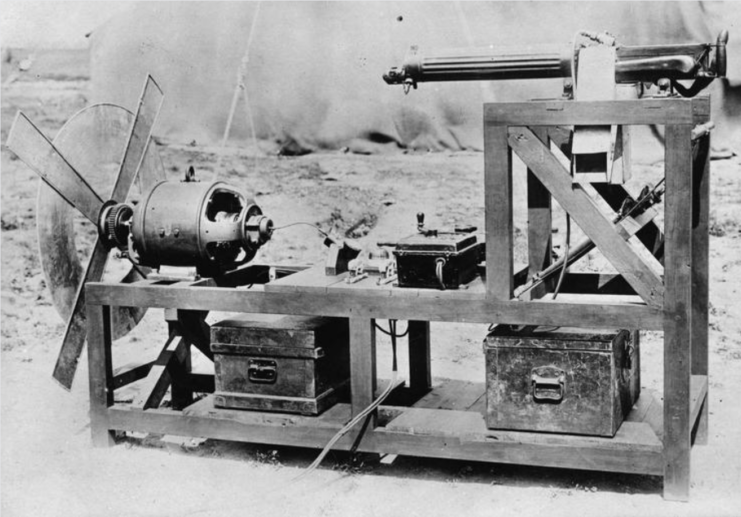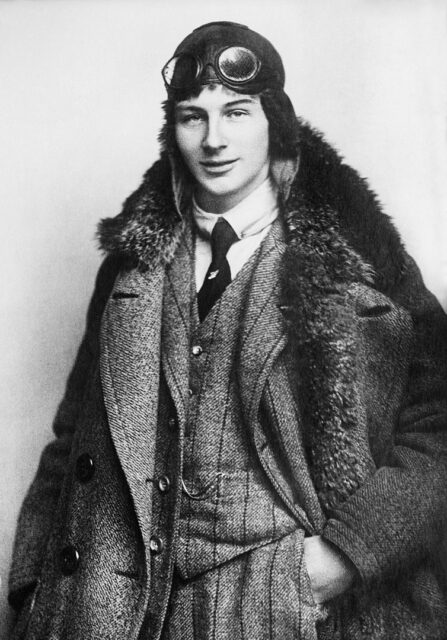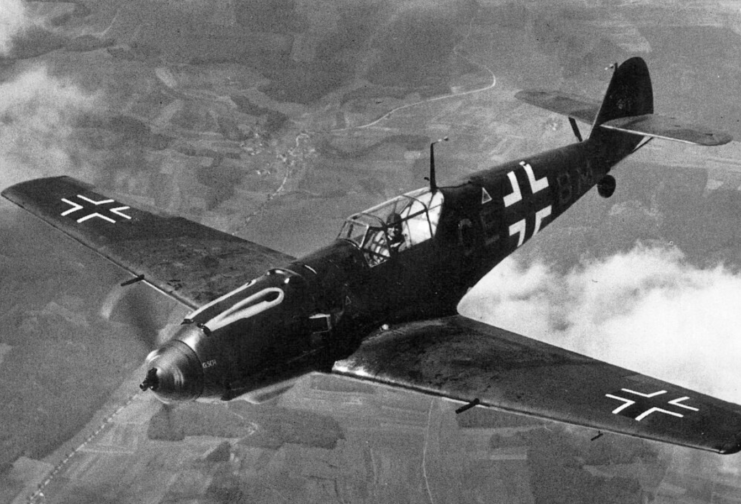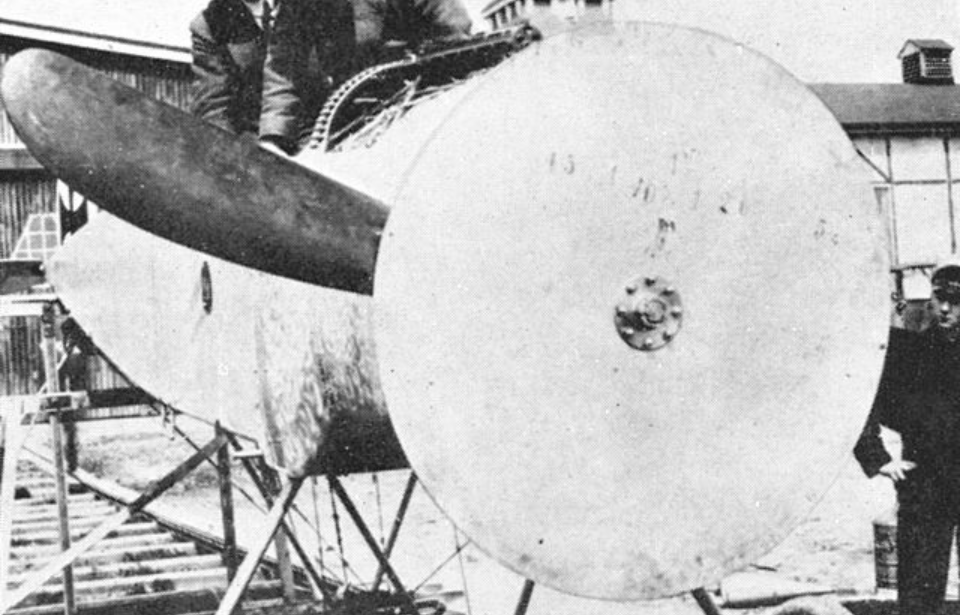Let’s dive into something that’s been bugging many for decades: how did old fighter aircraft shoot at the enemy without blasting their own propellers into oblivion? Picture this: the early 20th century, the First World War. The airplane was the new kid on the block – and a game-changer. However, engineers were scratching their heads when it came to its use in combat, wondering, “How do we fire through the propeller without shredding it?”
Enter the interrupter gear, also known as the synchronization gear. No, it’s not a fancy piece found at a steampunk convention – it’s pure, refined ingenuity. Anthony Fokker, a Dutch engineer, was the man behind this unique device. He saw the problem and thought, “Nope, not on my watch.”
What’s so special about it, you ask? The interrupter gear was like an early tech version of playing The Floor Is Lava, but with bullets and propeller blades. The gear made sure an aircraft’s machine gun only fired when the propeller was out of the way, meaning pilots could go full trigger-happy without the risk of turning their propellers into Swiss cheese.
What’s the trick to the interrupter gear?

Here’s the deal: the interrupter gear is all about timing. It’s linked up to both the propeller and the machine gun, creating a sort of mechanical rhythm between the two. The basic idea is to make sure the gun only fires when it’s safe to do so – basically when it’s not going to obliterate the propeller. The propeller is spinning and each time a blade is safely out of the way, the interrupter gear lets the machine gun pop off a round. The second a blade is back in the danger zone, the gear blocks it from firing.
It’s like having a buddy watching your back while you’re shooting hoops, making sure you never throw the ball when someone is in the way. Your friend simply puts a hand on your shoulder to stop you from throwing whenever someone’s there, keeping the game safe and fun!
This synchronized dance of machinery is what allowed early pilots to fire through their propellers without turning them into accidental kindling.
Not-so-top-secret

Now, you’d think this was a top-secret kind of deal, but Anthony Fokker wasn’t as secretive as you might imagine. Word got out about the interrupter gear and other engineers started creating their versions.
One notable variant was the Constantinesco (“CC” gear), named after its creator, George Constantinescu, a Romanian engineer working for the Allies. He thought, “Why not use hydraulic tech to keep our propellers safe?” So he created yet another brilliant propeller-saving mechanism.
These gears, regardless of the type, acted like a mechanical guardian angel, ensuring bullets and propeller blades never met in a catastrophic collision. It’s simple when you think about it, but boy, oh boy, it must have been a mind-boggler to create back then, under the pressures of wartime.
Interrupter gears were still in use during World War II

By the time World War II rolled around, aircraft had developed a fair bit. Air forces started manning monoplanes with enclosed cockpits, and retractable landing gears became more standard. Interestingly, however, some fighter aircraft still used propellers that could be in the line of fire, meaning interrupter gears were still relevant.
Even though technology had advanced, with some aircraft adopting wing-mounted guns that didn’t need to worry about propeller interference, there were still plenty where the guns were mounted in the fuselage, firing through the propeller arc. For those, the interrupter gear was crucial to avoid an aerial catastrophe.
The basic principle remained the same: ensure bullets and propeller blades didn’t try to occupy the same space at the same time, and as engines and weapons evolved, so, too, did the gears. They became more reliable, capable of handling faster firing weapons and more robust, efficient engines.
More from us: US Naval Aviators Once Complained That NASA Pilots Were Bullying Them
Interrupter gears stuck around, doing their thing to keep pilots safe and enemy aircraft firmly in the crosshairs, from the early days of dogfights in the First World War right through the high-stakes aerial battles of WWII.
